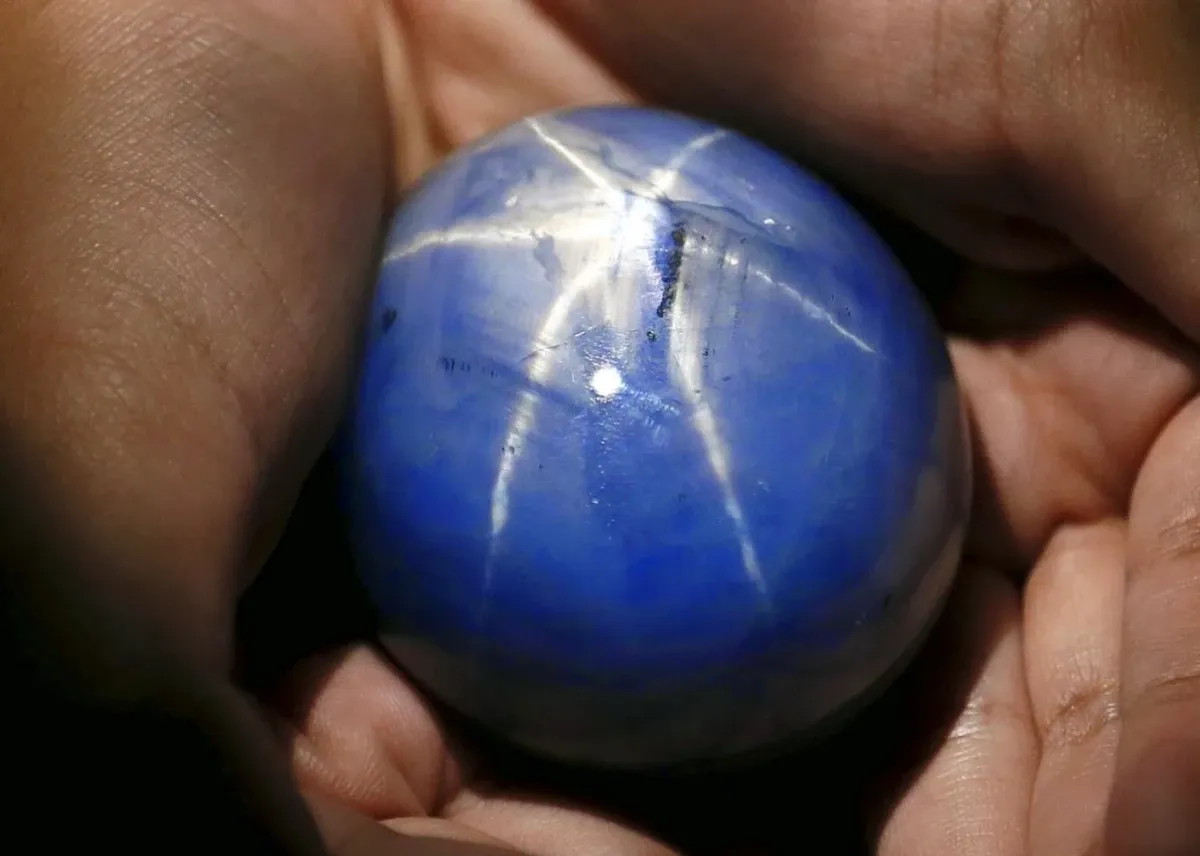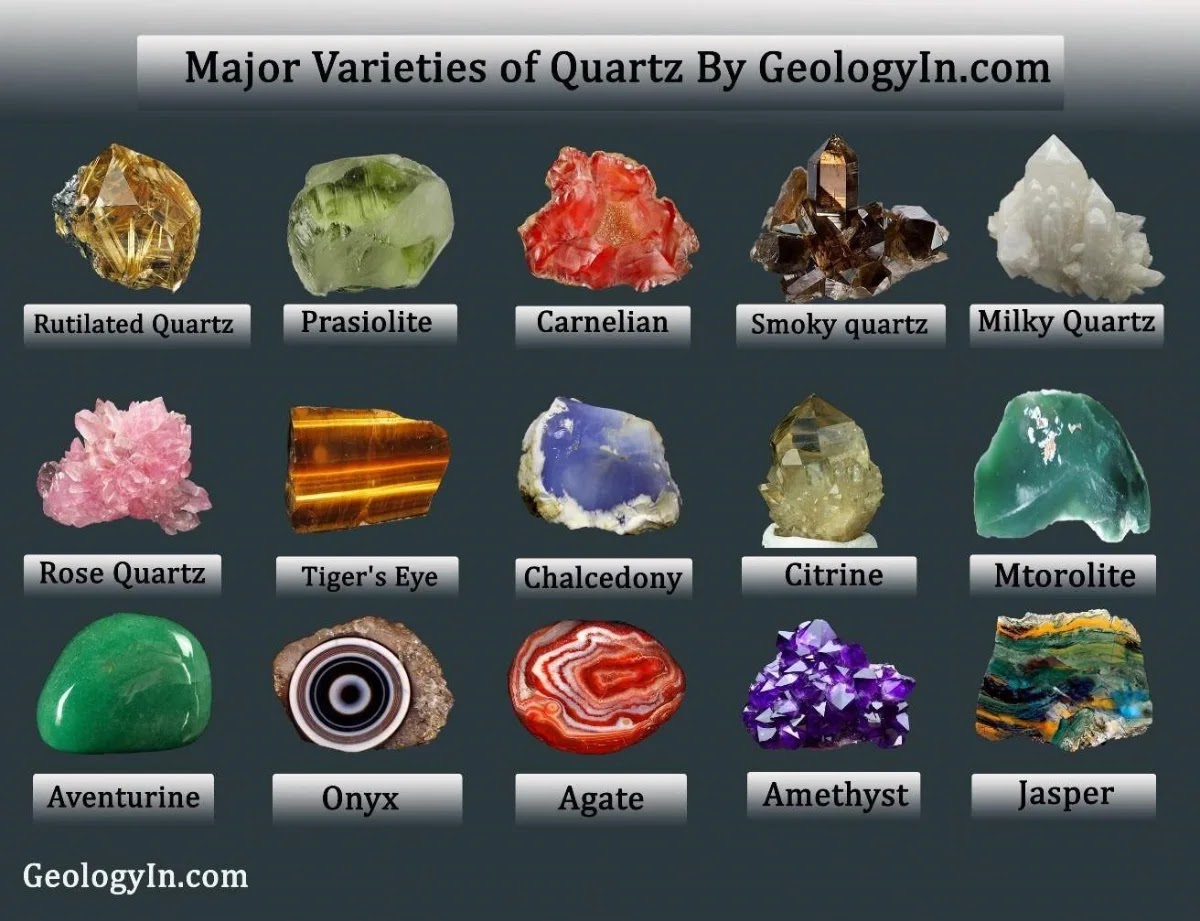The Largest Star Sapphire in the World
The Star of Adam
A 1,404.49-carat oval-shaped blue star sapphire, currently the largest star sapphire in the world. It was discovered in August 2015 in Ratnapura, Sri Lanka, a region known for its gemstones. The gem was named after the Islamic belief that Adam landed in Sri Lanka after being banished from the Garden of Eden.
The Star of Adam has a vivid blue color and a six-pointed star-shaped reflection known as asterism. This phenomenon is caused by the presence of rutile needles within the sapphire, which reflect light in a specific way. The Star of Adam is so large that it can be cupped in two hands.
The gem was initially purchased by a buyer from Switzerland, but it was later sold to an anonymous buyer for an undisclosed price. The current owner has not revealed their plans for the Star of Adam, but it is believed that they intend to keep it as an investment. The gem has not been put up for auction, and its current value is unknown. However, it is estimated to be worth between $100 million and $300 million.
Geology
Sapphire is a bright blue gem mineral and a form of corundum (aluminium oxide), the hard gritty stuff used as an abrasive in emery paper. It is incredibly hard – a fact important in understanding its occurrence in places like the Sri Lankan mines.
 |
| The Star of Adam light blue star sapphire. |
Sapphire is a type of “dirty” corundum. If you add just a trace of iron and titanium to the mixture of aluminium and oxygen from which the corundum is growing, it forms as sapphire. (If you add chromium to the corundum as it grows then you will get a ruby – Sri Lanka is also famous for its rubies).
The Star of Adam sapphire is an example of a “star sapphire”. When you look at it it appears to have a six-pointed star inside, which shines out from the gem and is due to reflections of light from tiny whisker-like crystals of rutile (a titanium-dioxide mineral) that were trapped within the sapphire crystal as it grew.
Ancient river sediments
The stone was found in the Ratnapura mines in the south of the country, about 100km south-east of the capital, Colombo. Ratnapura is Singhalese for “gem town” and Sri Lanka has been known for its gem deposits for more than 2,000 years. It seems likely that Sinbad’s “Valley of Gems” in the Tales of the Arabian Nights is a reference to the Ratnapura area. In 1292, Marco Polo wrote: “The Island of Ceylon is, for its size, the finest island in the world, and from its streams come rubies, sapphires, topaz, amethyst and garnet."
The gems of Ratnapura are found in ancient river sediments – old river beds that are now covered with more layers of mud and sand in an area that is largely given over to paddy fields. The hard gem minerals, sapphires, rubies, spinels and garnets, were long ago weathered and eroded from the nearby highlands. Because of their hardness they survived as large pebbles and crystals, eroded out of the rocks where they first formed, and transported down the rivers which acted like a natural panning system. River-borne (alluvial) gold and diamonds are often sorted and concentrated in river sands by similar processes, elsewhere on the globe.
The Star of Adam sapphire would originally have been created within rocks and granites of the Sri Lankan highlands. The granites, which form when molten magma cools and becomes solid, have been dated as almost two billion years old, and were subsequently squeezed and re-worked in a massive mountain-building episode due to tectonic churning of the Earth’s crust that happened more than 500m years ago.
Temperatures and pressures deep within the roots of these mountains would have reached more than 900˚C and over 9,000 atmospheres pressure during this event. The sapphire could have formed either within the granite, as part of a rock type called a pegmatite, or within the younger rock created by pressurisation and heating.





%20(1).webp)


